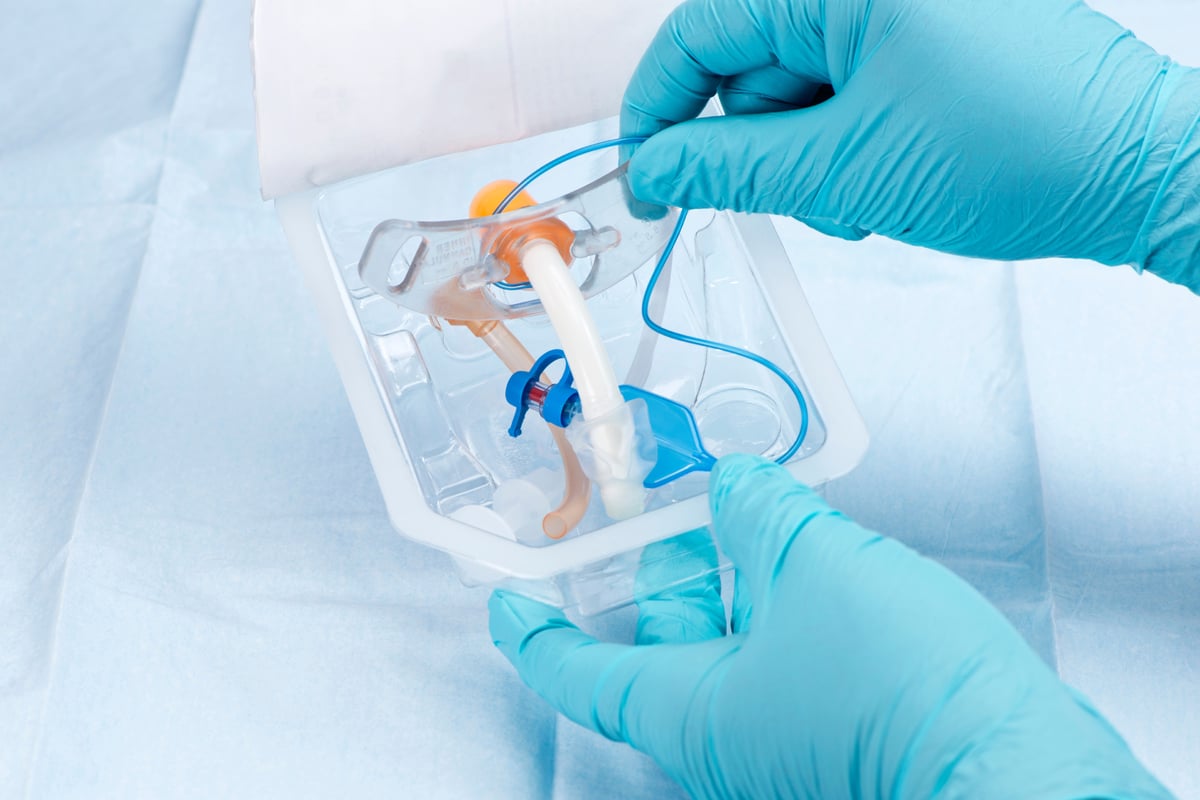
4 Ways to Manage the Tracheostomy Tube Shortage
In one of the latest challenges for the embattled healthcare supply chain, the U.S. Food & Drug Administration (FDA) reported that there is now a shortage of tracheostomy tubes, especially pediatric tracheostomy tubes.
"This supply chain disruption disproportionally affects the pediatric population due to the already limited number of products available for this patient population and the spike in cases of respiratory illnesses in children," says Jillian Hillman, ECRI's senior manager, Functional Equivalents - Device Evaluation.
To help reduce the burden on healthcare providers and promote patient safety, ECRI has issued this functional equivalents report. ECRI will offer updated guidance as this situation unfolds.
The shortage includes the Bivona® tracheostomy tubes manufactured by ICU Medical. The shortage may be related to difficulties in getting the raw materials needed to make the tracheostomy tubes.
The FDA stated that this shortage could affect pediatric patients and pediatric healthcare providers more severely because the “because the supply of alternative tubes with similar functionality may be limited.” This is especially challenging currently, as 71% of the US’s pediatric beds are now filled.
The FDA said also that it is working with manufacturers and other stakeholders to “to help quickly resolve supply challenges and support availability of these critical devices for patients who need them.”
ECRI recommends that providers refer to our functional equivalents report to find vendors, including Medtronic and Tracoe, as both manufacturers that make alternatives to the pediatric products. ECRI also encourages you to follow the FDA’s recommendations and guidance, including reusing tracheostomy tubes, and following the manufacturer's guidance on cleaning, sanitizing, and reusing the tubes.
ECRI shared the FDA’s recommendations in its recently issue alert.
-
Sanitizing and re-use: Follow the manufacturer's instructions for cleaning, sanitizing, and re-using tracheostomy tubes for the maximum number of times allowed. For example, Bivona tracheostomy tubes may be cleaned, sanitized, and reused as described in A Handbook for the Home Care of Your Child with a Tracheostomy for single-patient use, as stated in the indications for use up to five times for pediatric sizes and 10 times for adult sizes
-
Identify alternative products: Work with your healthcare provider and durable medical equipment (DME) supplier to determine whether appropriate alternatives, such as other FDA-cleared tracheostomy tubes (that may use different raw materials) are available.
-
For healthcare providers, including hospitals and endoscopy facilities: Review the Recommendations for Patients and Caregivers with patients who have the affected devices. Discuss these recommendations with patients who use the affected devices and their caregivers. Consider using these recommended conservation strategies in health care settings, as well as encouraging their use in home settings.
- Contact your distributor or the manufacturer directly: Inquire about current inventory, including whether appropriate alternatives, such as other FDA-cleared tracheostomy tubes that may use different raw materials, are available.
Report quality problems relating to the use of these devices to the device manufacturer and FDA’s Voluntary MedWatch Reporting system. Please be aware that this is an evolving situation, so check back for updates to ECRI’s functional equivalents report.
Learn how to build a more resilient supply chain process today.
